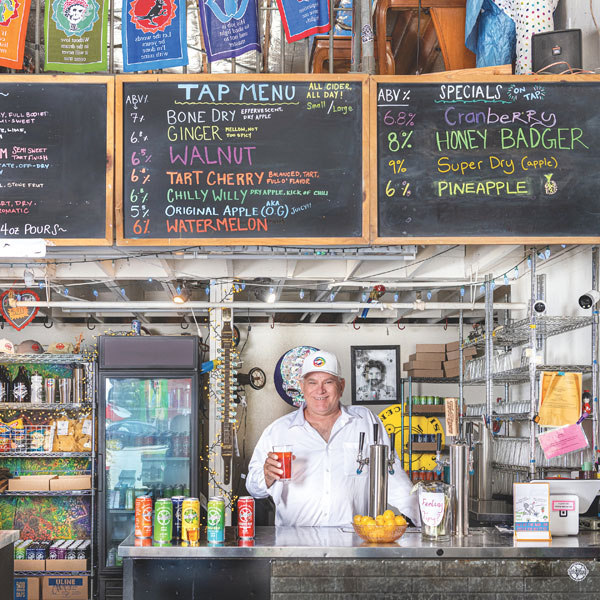
Dec 28, 2024
In golden light surrounded by fields of plump rice and recently harvested corn, beans and wheat, wildlife pecks on dinner.
This is Pleasant Grove Farms, 3,000 acres in the wetlands north of Sacramento. Owners Ed and Wynette Sills drive me around the parcels that comprise the farm.
The test of a healthy farm is the presence of wildlife. While this might seem counterintuitive, farmers who practice organic and regenerative agriculture try to create spaces where crops and other living beings thrive in harmony.

Nov 28, 2024
Despite its deep farm-to-fork roots, Sacramento is not an easy place to find locally raised and processed poultry.
When scanning the meat section at area stores, local poultry seems almost invisible.
There are large California operators—Mary’s Chicken and Diestel Ranch—but few local producers. Searching for local birds, I found Sinclair Family Farm in Newcastle.
Situated in the Sierra foothills, Sinclair boasts a range of humanly treated meat products. Karin Sinclair told me her farm provides much more than poultry. She raises and sells meat from cows, sheep, pigs, rabbits, ducks and goats, plus chickens and turkeys.

Oct 28, 2024
Sacramento is a locavore’s blessing. Within 40 miles of the city, farmers produce diverse fruits and vegetables, bountiful olive groves and vineyards. Ranchers raise world-class beef, lamb, poultry and pork.
But one important food category is elusive: a local cheesemaker.
When I searched for a nearby dairy that produces its own cheese, I found just two: Jollity Farm Goat Dairy in El Dorado County’s Garden Valley and Spenker Family Farm in Lodi. Both make goat cheese from animals raised on their farms.

Sep 28, 2024
Kristyn Leach is a farmer and seed producer with a mission. She wants to spread seeds from her Korean heritage and share stories from the Asian Diaspora, enriching our connections to locally grown, culturally significant food.
The journey carried Leach from farm fields around Winters, Sunol and Sebastopol to South Korea. She grew Korean-based crops for San Francisco restaurateur brothers Dennis, Daniel and David Lee, whose modern Korean cooking captivated the Bay Area before the pandemic.
“They really helped me get started,” Leach says of the Lees. “We worked directly with each other, and we started growing exclusively for them.”

Aug 28, 2024
With captive audiences, airports tend to offer generic food and drinks created in central kitchens not specific to their region. They make us feel we are nowhere and everywhere.
As the farm-to-fork capital, it’s fitting that Sacramento International Airport tries to reflect the community’s agricultural bounty and legacy.
Local emphasis began in 2011, when Terminal B opened with two restaurants linked to Downtown establishments, Esquire Grill and Cafeteria 15L. A makeover at Terminal A added more local hospitality names in 2015.

Jul 28, 2024
The local climate produces visionary farm-to-table approaches. You can find a fine example at Two Rivers Cider Co., where the region’s apples, pomegranates, mandarins, yuzus, kumquats, cherries, melons and huckleberries create diverse cider offerings.
Founded in 1996 by Vincent Sterne, Two Rivers in Hollywood Park helped pioneer the cider revolution. As people became more aware of food allergies, cider—gluten-free and with a real fruit base—became the alcoholic beverage of choice for many.
Sterne developed Two Rivers after working at Rubicon Brewing Company. He wanted to start a business in the fermentation industry but wasn’t sure which approach worked best.











